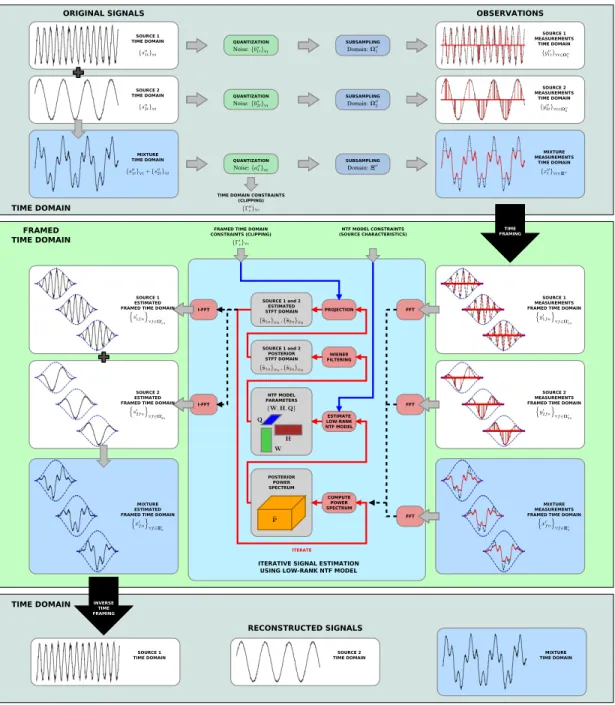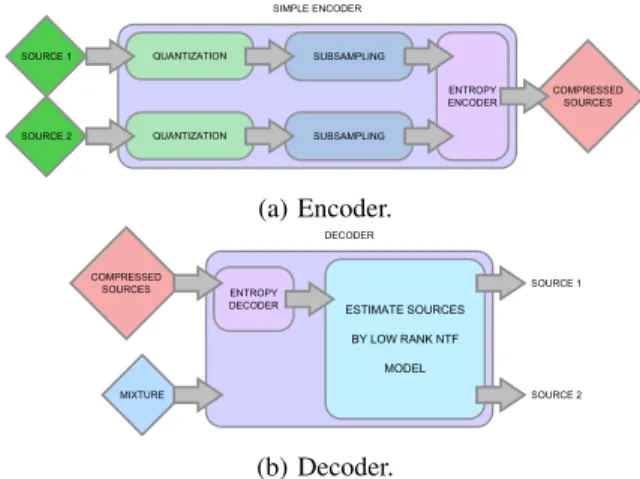Solving Time Domain Audio Inverse Problems using Nonnegative Tensor Factorization
Texte intégral
Figure




Documents relatifs
and the growing level of financial damage due to theft of sensitive company data, ii) computer virus attacks continue to be the leading source of financial loss, but
Centre de recherche INRIA Paris – Rocquencourt : Domaine de Voluceau - Rocquencourt - BP 105 - 78153 Le Chesnay Cedex Centre de recherche INRIA Rennes – Bretagne Atlantique :
Modeling Primary Tumor Dynamics of Human-to-Mouse Xenografted Non-Small Cell Lung Cancer in Response to Administration of Bevacizumab and Pemetrexed-Cisplatin.. Population
We consider the audio declipping problem by using iterative thresh- olding algorithms and the principle of social sparsity. This re- cently introduced approach
Similarly, the analysis of vRNA 3 showed that deletion of nucleotides 125–514 totally abolished the intermolecular interaction (Figure 4B, lane 5), whereas deletions in the
Cortical motor output decreases after neuromuscular fatigue induced by electrical stimulation of the plantar flexor muscles... Cortical motor output decreases after
En perspective, il est prévu d’appliquer un nouveau modèle d’ordre élevé à cinq variables avec la prise en compte de « l’effet stretching » pour le calcul
The teachers’ responses are assumed to echo their understanding and consciousness of the ways in which cognitive processes and psychological factors underlie the EFL

